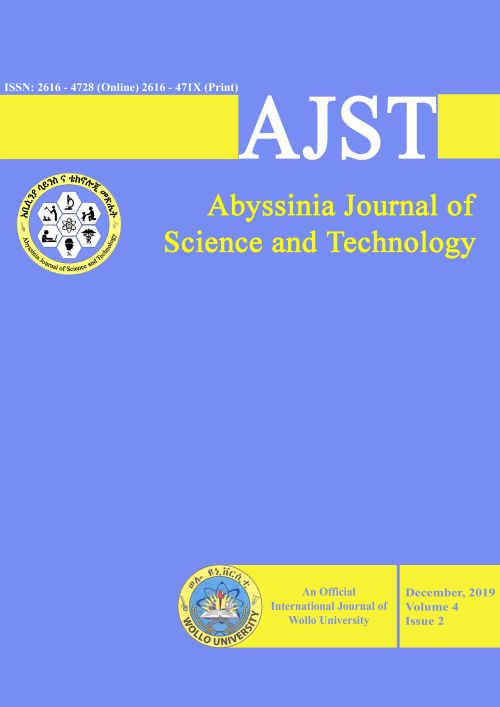Main Article Content
Risk factors of birth asphyxia among neonates born in Dessie Referral Hospital, North East, Ethiopia: Unmatched Case- Control Study
Abstract
In Ethiopia, approximately one third of the neonatal deaths are caused by birth asphyxia. Identifying risk factors for birth asphyxia is, thus, crucial for program and policy maker. The current study was conducted from November 1, 2016 and June 30, 2017 and aimed to identify risk factors of birth asphyxia among neonates born in Dessie Referral Hospital, Northeast Ethiopia. Unmatched case control study was employed among 143 cases and 286 controls of neonates and their index mothers. Structured questionnaire and document review were used to collect the data. Data were entered to Epi-data 3.1 and exported to SPSS for analysis. Among factors identified, age of mothers greater than 36 years (AOR=7.8 ; 95% CI (1.80,34.41), history of ante-partum hemorrhage (AOR= 3.84 ; 95% CI(1.70,8.71), maternal infection (AOR= 13.51; 95% CI( 4.64-39.34), maternal anemia (AOR= 5.51; 95% CI (2.27, 13.33), premature rapture of membrane (AOR=3.10; 95%CI (1.04 -9.10), meconium amniotic fluid AOR=15.23;95% CI(5.88-39.56), male neonatal sex (AOR=2.73;95% CI (1.23-5.93), birth weight less than 1500gram (AOR=22.16; 95% CI(2.34-210.30), birth weight between 1500-2500gram (AOR=10.87;95% CI(1.16-101.60) and gestational age less than 34 weeks (AOR=3.20;95% (1.16-8.83) were independently associated with birth asphyxia. This concludes that advanced maternal age, maternal infection and anemia, meconium amniotic fluid, being male, birth weight and gestational age were found to be associated factors for birth asphyxia. Health mangers and policy makers should focus on these priorities and identified factors to reduce neonatal deaths related with birth asphyxia.







